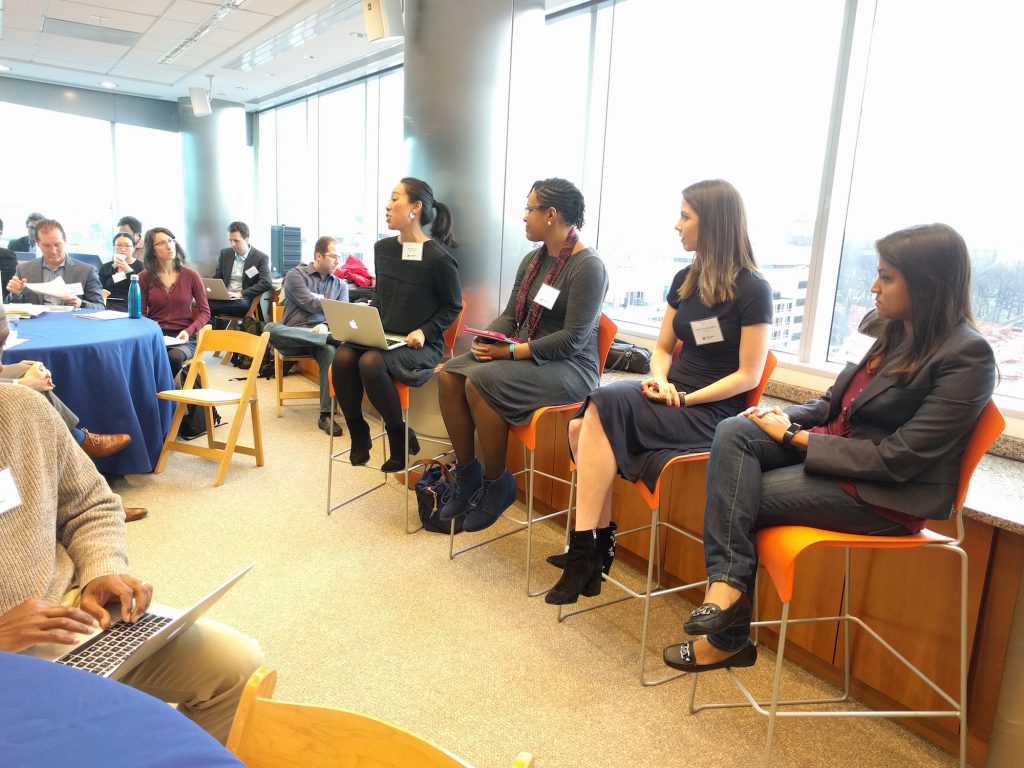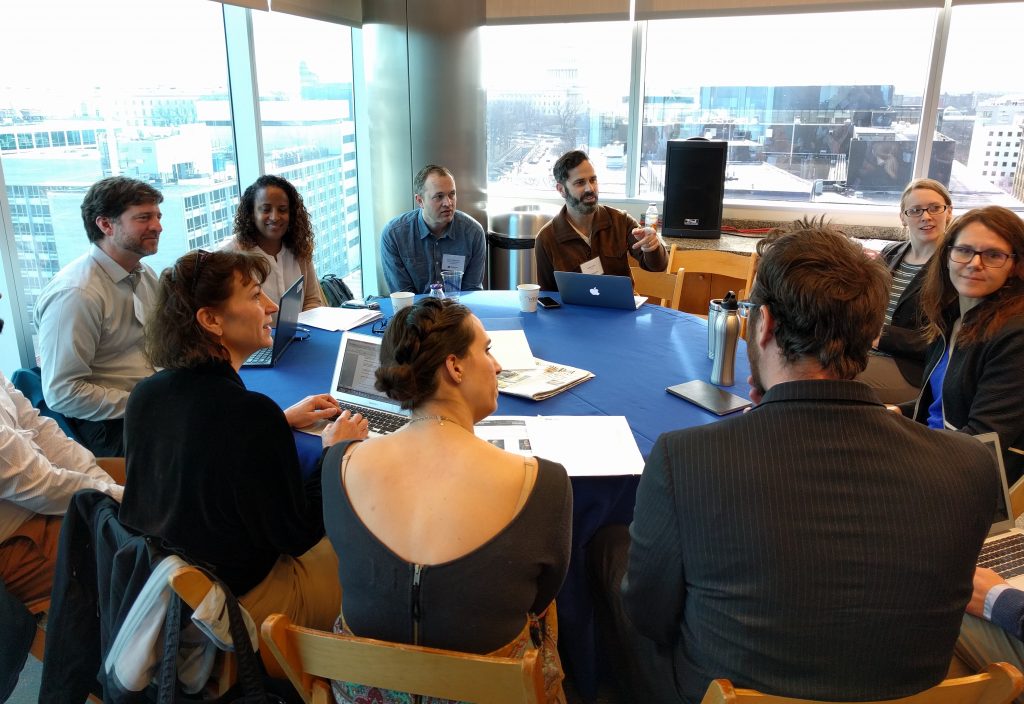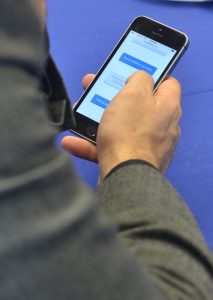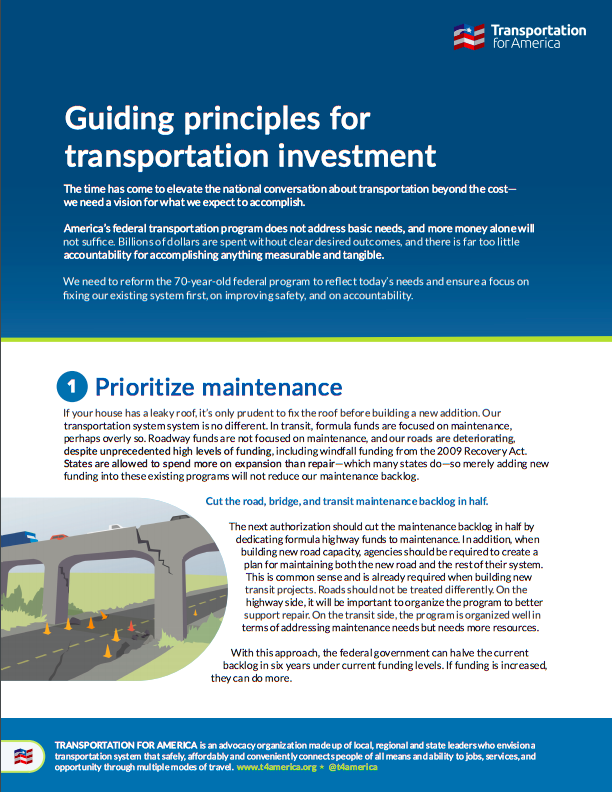A highly cooperative spirit is taking root within the 16 cities in the Smart Cities Collaborative
Just a few blocks from the Capitol dome in Washington, DC, the 16 members of our Smart City Collaborative gathered together again two weeks ago to learn, share wisdom and find ways to collaborate on thoughtfully solving their transportation challenges with new and emerging technologies.

During the last in-person meeting in Minneapolis on the day after the election, we spent a good chunk of the time trying to help the cities back out a bit from the minutia of day-to-day, specific problems like, “which payment vendor should I use for X?” and “What technology do you use for Y?” and think more about the big picture problems they’re trying to solve. Existential questions like, “what kind of city do we want to be in ten years? How can technology help us get there?”
With the answers to those big picture questions firmly in mind and a spirit of collaboration already bearing fruit, we focused on three things during our second two-day meeting: Going in-depth on key issues with notable experts, discussing the action plans for the cities’ specific pilot projects, and a working session on specifically how to measure and quantify success.
One of the highlights of the first day was a terrific discussion about equity and accessibility in our changing digital world. The superb panel, led by Shin-pei Tsay from the Gehl Institute, discussed how technology is rapidly changing equity, accessibility and access to economic opportunity in cities — with an eye toward how Collaborative members can ensure that their projects help solve these challenges, rather than contributing further to the problem.

The first day’s panel discussion on how technology is transforming access to opportunities, with a focus on equity. From left, Shin-pei Tsay, Executive Director of the Gehl Institute, Anita Cozart, Senior Director at PolicyLink, Tatiana Peralta-Quirós, Transport Economist at the World Bank and Rani Narula-Woods, California Program Manager for the Shared-Use Mobility Center.
Members got to hear directly from those involved with other interesting pilot projects elsewhere, like Pittsburgh’s self-driving Uber pilot, driverless shuttles in Contra Costa County, and on-demand transit projects in Oakland, CA and Salem, OR.
We brought in over a dozen outside experts with deep knowledge on issues like performance measurement, data-sharing between cities and transportation network companies (TNCs like Uber and Lyft), modular contracting and flexible procurement, to name a few. City reps participated in intimate, small group discussions where they could ask questions and try to fill gaps in their knowledge.

Gabe Klein with CityFi, formerly the director of Chicago and DC’s transportation departments, walked a group through his experiences in procurement.
Within the three working groups that we created based on what the applying cities were most interested in —automated vehicles, shared mobility and data analytics — a key goal of the year-long collaborative is for each city to launch a pilot project. But how should cities measure and quantify the success or failure of these projects that they’re hoping to get off the ground? For example, for a city that’s trying to run a small, automated vehicle pilot project, what should they be measuring? And what data points can actually be measured?

Doing real-time voting on some proposed metrics for measuring the performance of the cities’ pilot projects.
These are tough nuts to crack, but we all made progress at finding answers — all while trying to keep our eyes on how these pilot projects can help cities get ever closer to their answer to the “what kind of city do we want to be in ten years?” question.
One of the most illuminating comments we heard from a participant was that the Collaborative is creating the opportunity to get out of the day-to-day — where they may have scores of other unrelated responsibilities — to come together with like-minded peers to think long and hard about this one topic or their pilot project in a focused way.
With so much uncertainty right now with regards to federal transportation policy under a new administration and a new Secretary of Transportation, cities will be best served by working together to solve these challenges and avoid producing a new generation of transportation haves and have-nots.
It’s been an incredibly productive few months so far, and we’re eager to see what continues to come out of these cities as they work to ensure that this monumental, epochal shift in transportation is harnessed to shape their cities into places that are more sustainable, equitable and accessible.
The Smart Cities Collaborative is supported by Sidewalk Labs.






